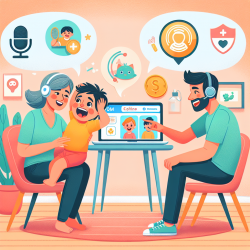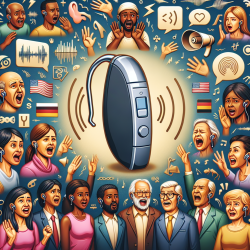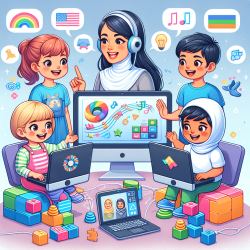As practitioners dedicated to improving the lives of children, it is crucial to stay informed about the latest research and evidence-based interventions. One such promising approach is Internet Parent–Child Interaction Therapy (I-PCIT), especially for medically ill children. A recent case report titled Internet parent–child interaction therapy (I-PCIT) in medically ill child (Melo et al., 2021) provides valuable insights into the efficacy of this method.
This blog will discuss the key outcomes of this research and how practitioners can implement these findings to enhance their therapeutic interventions.
Understanding I-PCIT
Parent–Child Interaction Therapy (PCIT) is an evidence-based behavioral parent training (BPT) program designed to treat emotional and disruptive behavior disorders in children aged 2 to 7 years. Traditionally conducted in clinic settings, PCIT has been adapted for telemedicine, known as I-PCIT, to address barriers such as cost, transportation, and the recent challenges posed by the COVID-19 pandemic.
Case Study Overview
The case study presented by Melo et al. (2021) involved a 5-year-old girl diagnosed with electrical status epilepticus in sleep (ESES), frontal lobe executive function deficit, and attention deficit hyperactivity disorder (ADHD). The child's parents reported significant behavioral issues, including inattentiveness and aggression.
The intervention involved eight 1-hour weekly sessions of I-PCIT conducted via a cell phone with video capabilities. The outcomes were remarkable, showing a significant reduction in disruptive behaviors and an overall improvement in the child's ability to function both at home and in school.
Key Outcomes
- Feasibility: The study demonstrated that I-PCIT could be effectively implemented using minimal technology—a cell phone and videotelephony software.
- Behavioral Improvement: The child's disruptive behaviors were significantly reduced, and compliance improved, as measured by the Eyberg Child Behavior Inventory.
- Parental Skills: Both parents showed tremendous progress in their parenting skills, which contributed to the child's improved behavior.
- Combination Therapy: The addition of methylphenidate further helped manage ADHD symptoms, highlighting the potential for combined therapy approaches.
Implementation for Practitioners
Practitioners can leverage these findings to enhance their therapeutic interventions:
- Adopt I-PCIT: Incorporate I-PCIT into your practice, especially for families facing barriers to in-person therapy.
- Minimal Technology Requirements: Ensure that families have access to basic technology—a smartphone and internet connection—to participate in I-PCIT.
- Parent Training: Focus on enhancing parental skills, as this significantly impacts the effectiveness of the therapy.
- Combined Approaches: Consider the potential benefits of combining behavioral therapy with pharmacological treatments for conditions like ADHD.
Encouraging Further Research
While this case study provides promising results, more research is needed to explore the broader applicability of I-PCIT, especially for medically ill children. Practitioners are encouraged to contribute to this growing body of knowledge by conducting their own studies and sharing their findings.
To read the original research paper, please follow this link: Internet parent–child interaction therapy (I-PCIT) in medically ill child.










